The electric vehicle (EV) market in Australia is undergoing a significant shift, with Chinese EVs making a remarkable impact on the industry. The runaway success of brands like BYD, which only entered the Australian market around 18 months ago and has already reached the top three of EV sales, is a testament to this phenomenon. In this article, we will delve into the top 10 EVs in Australia, examining the factors contributing to the unprecedented domination of Chinese-made vehicles in the Australian EV space.
Top Ten EVs in Australia: What’s Going On?
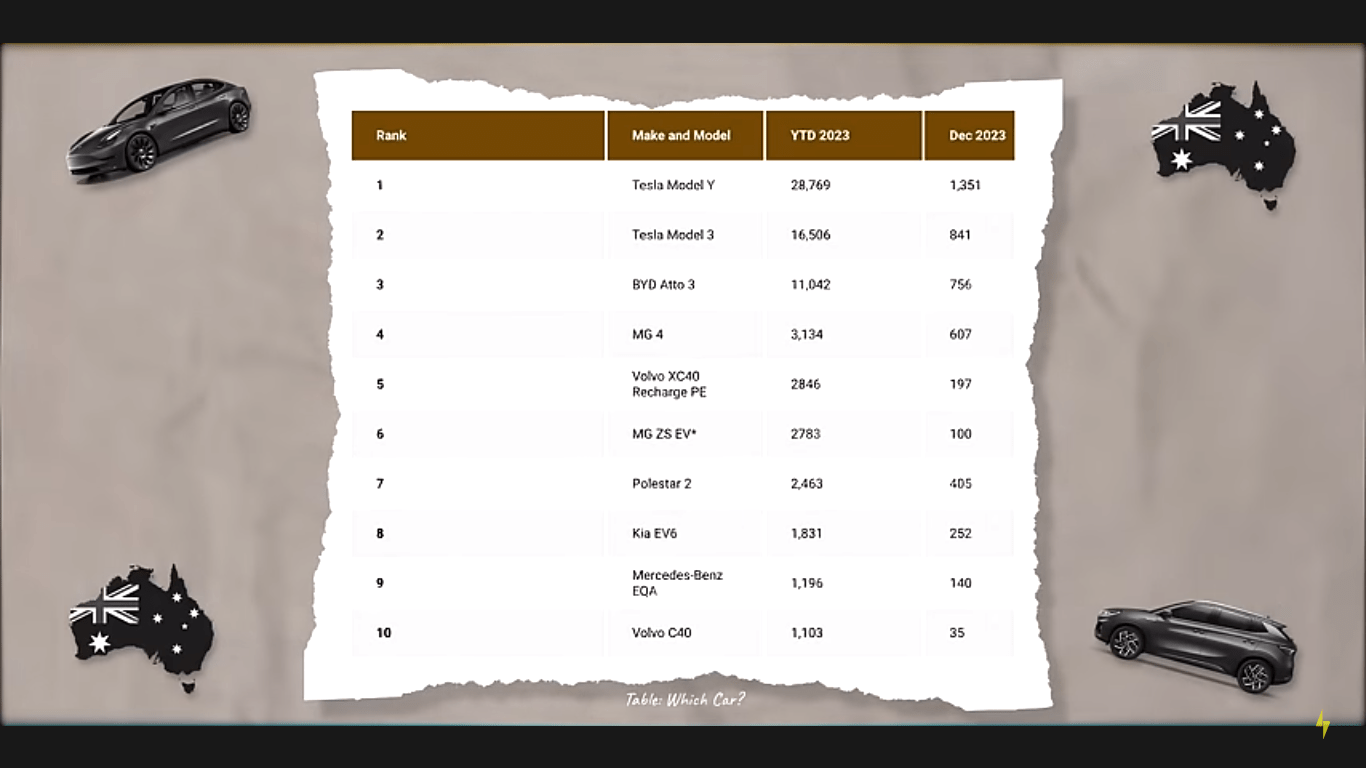
Australia’s electric vehicle (EV) landscape has undergone a seismic shift in recent times, with Chinese-made EVs dominating the top 10 sales charts. Brands like BYD, Tesla, MGS, Poar, and Volvos, all originating from China, have swiftly climbed the ranks, reshaping the market within just 18 months. In this article, we delve into the factors driving the success of Chinese EVs in Australia and explore their impact on the country’s EV transition.
| Car Model | Range (EPA) | Range (WLTP) | Price (USD) |
|---|---|---|---|
| Tesla Model Y | 330 mi (531 km) | 315 mi (507 km) | $53,490 |
| Tesla Model 3 | 272 mi (438 km) | 358 mi (576 km) | $46,990 |
| BYD AT3 | 304 mi (489 km) | 342 mi (550 km) | $32,000 |
| NIO ES8 | 253 mi (407 km) | 270 mi (435 km) | $71,700 |
| XPENG P7 | 282 mi (454 km) | 345 mi (555 km) | $44,990 |
| Aion LX Plus | 342 mi (550 km) | 358 mi (576 km) | $45,000 |
| GWM ORA Funky Cat | 156 mi (251 km) | 125 mi (201 km) | $25,000 |
| LDV EV30 | 122 mi (196 km) | 138 mi (222 km) | $28,000 |
| BYD Dolphin | 249 mi (401 km) | 280 mi (450 km) | $30,000 |
| BYD Seal | 340 mi (547 km) | 384 mi (618 km) | $38,000 |
Becoming an EV Superpower: China’s Journey
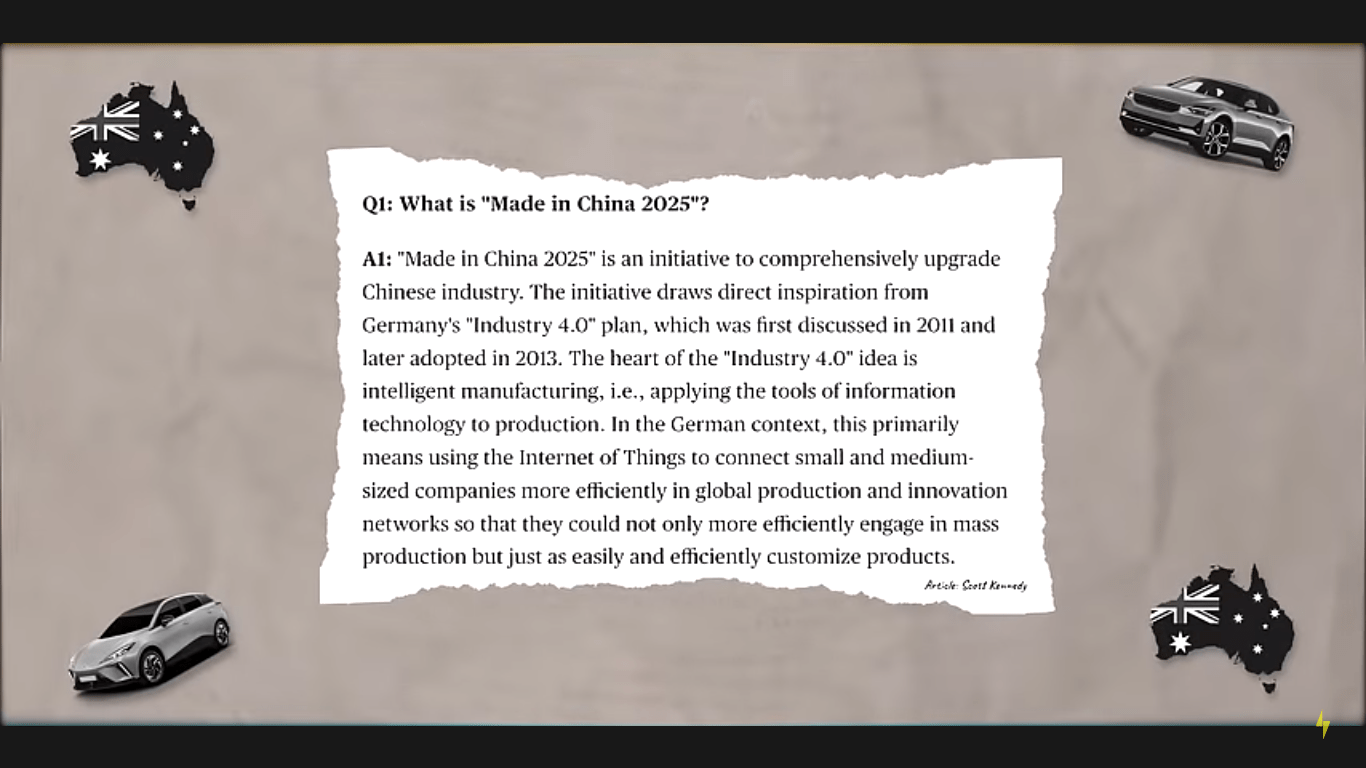
China has become an EV superpower by leveraging its manufacturing prowess and implementing the “Made in China 2025” policy. This policy focused on growing the domestic EV industry, leading to a vertically integrated manufacturing ecosystem that includes batteries, LEDs, chips, and other critical components. This integration has allowed Chinese EV manufacturers to drive down costs and compete effectively with established automakers.
Extreme Technology
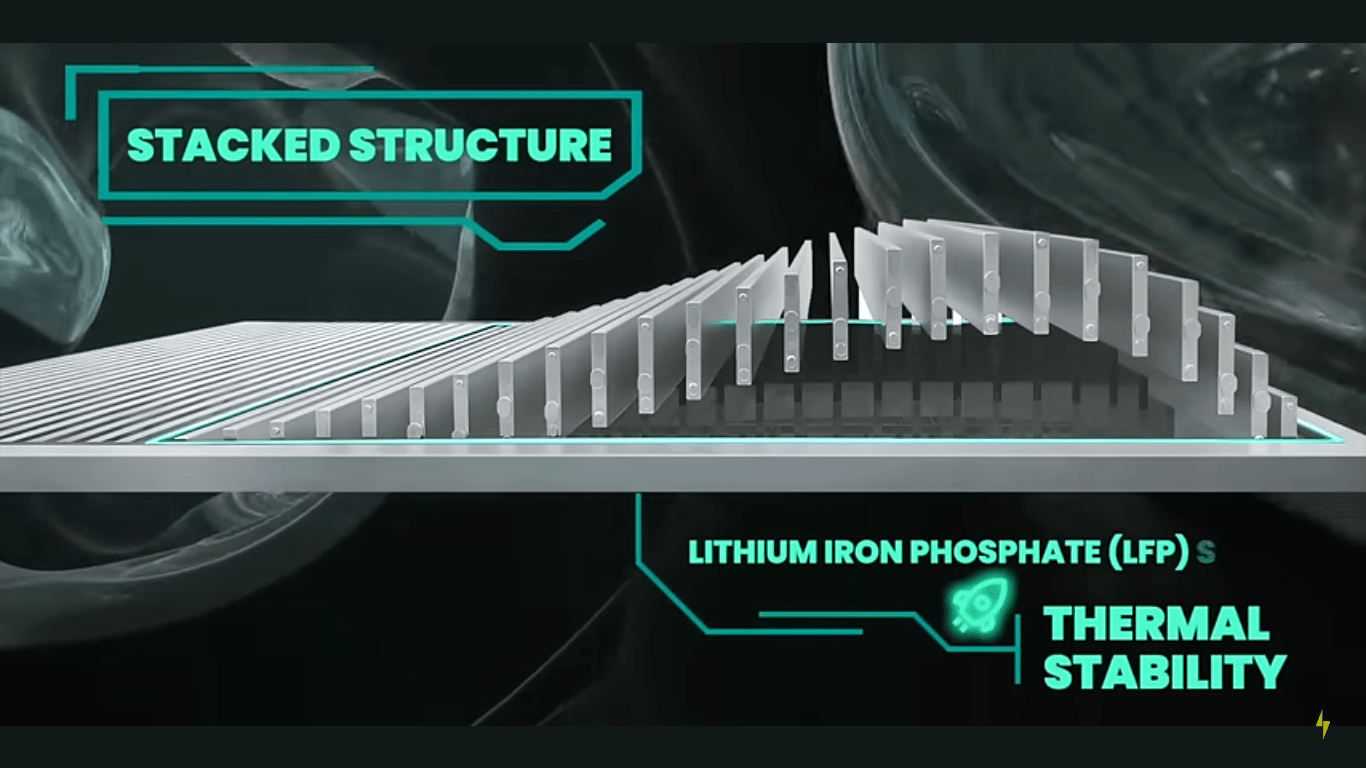
The technology coming from Chinese EVs is not just advanced; it’s extreme. Features like voice commands, fatigue detection, and self-driving capabilities set Chinese EVs apart. However, some argue that the technology can feel overwhelming and might need a balance for different audiences, especially those in Western markets.
Why Are Chinese EVs So Popular?
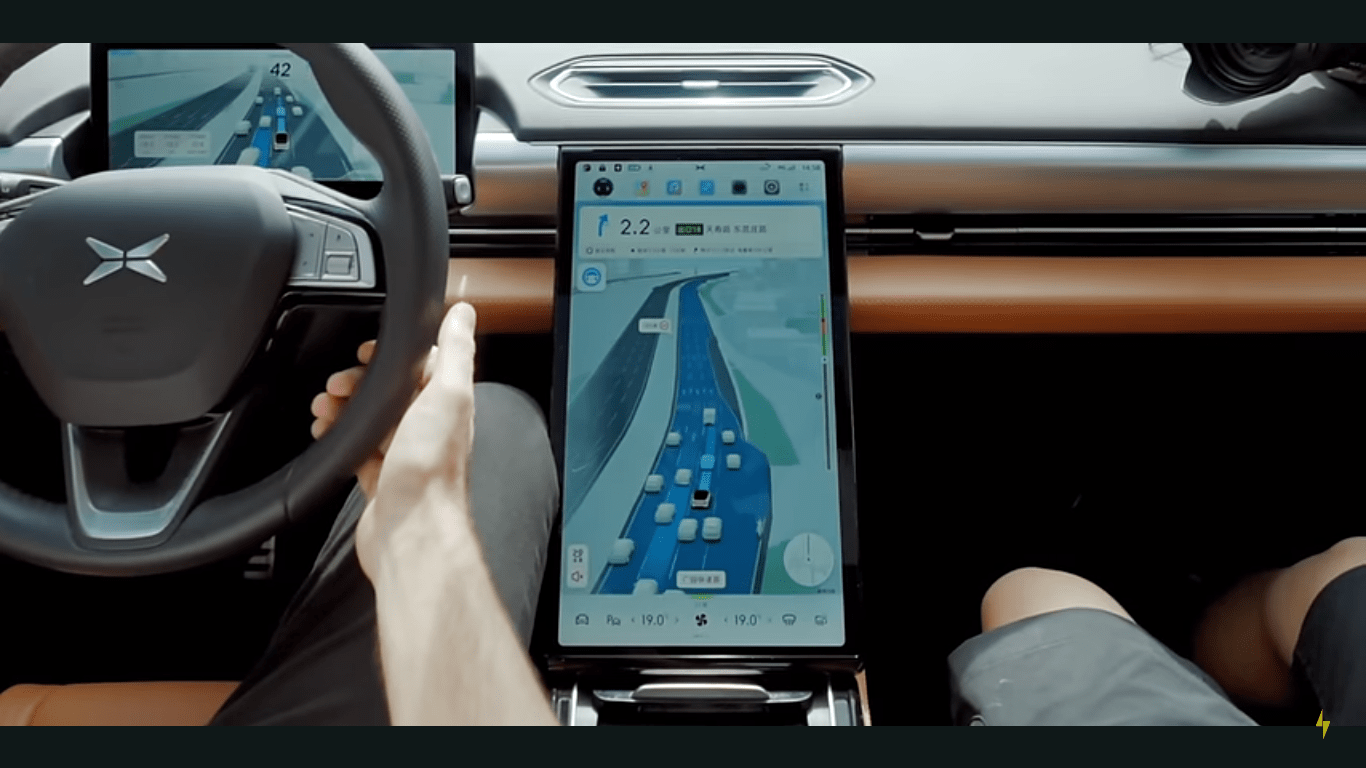
Chinese EVs have gained popularity due to their advanced features, superior technology, and competitive pricing. These vehicles offer a unique blend of innovative technology, such as voice commands, fatigue detection, self-driving capability, and battery technology like BYD’s blade battery. In addition, Chinese EVs prioritize the overall in-cabin experience, focusing on benefits for the entire family, resulting in a more integrated and convenient driving experience.
Brand Loyalty or Bargain Hunters?
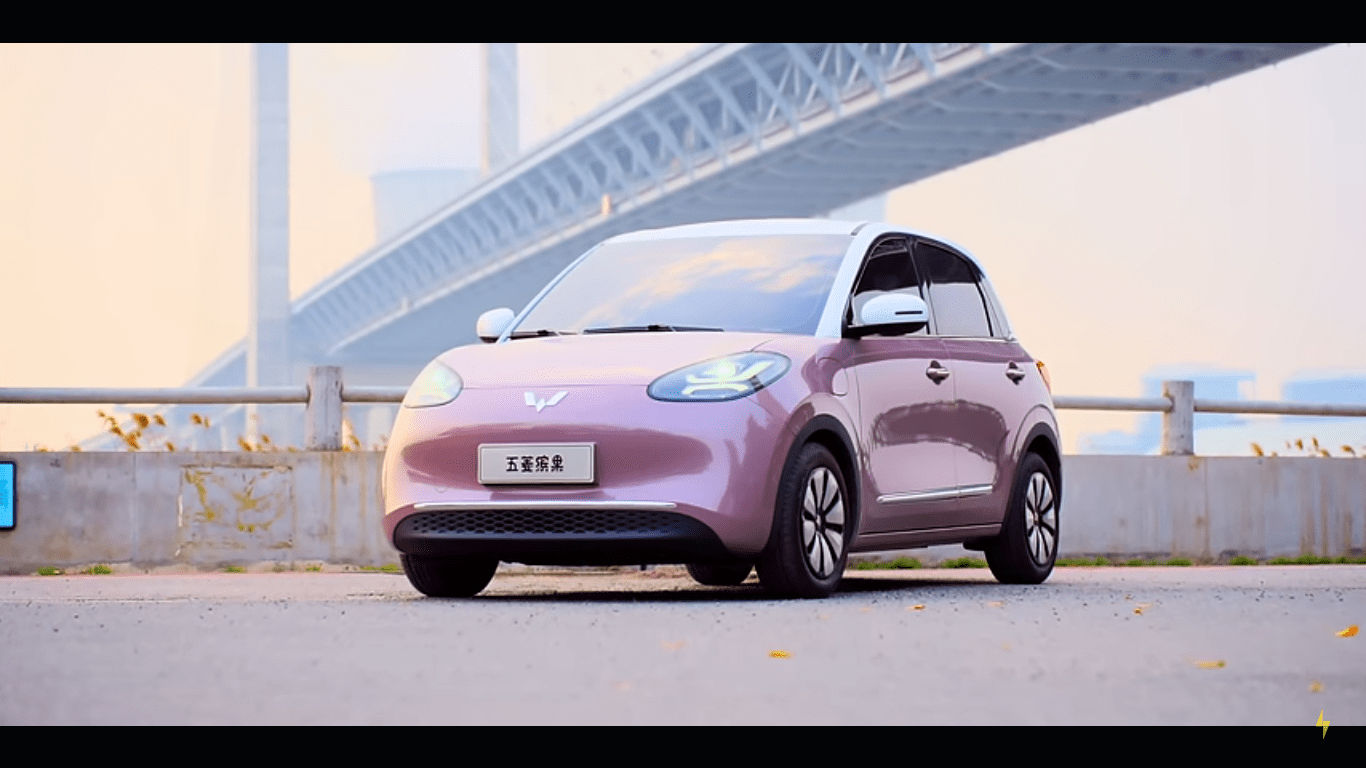
Australian consumers are known for their love of a bargain and their intolerance for being overlooked or ripped off. As a result, Chinese EV manufacturers have been successful in capturing the market by offering high-quality, affordable products that meet individual needs. This has disrupted the traditional automotive landscape, forcing other brands to re-evaluate their pricing strategies and product offerings.
BYD vs Tesla: A Battle for Supremacy
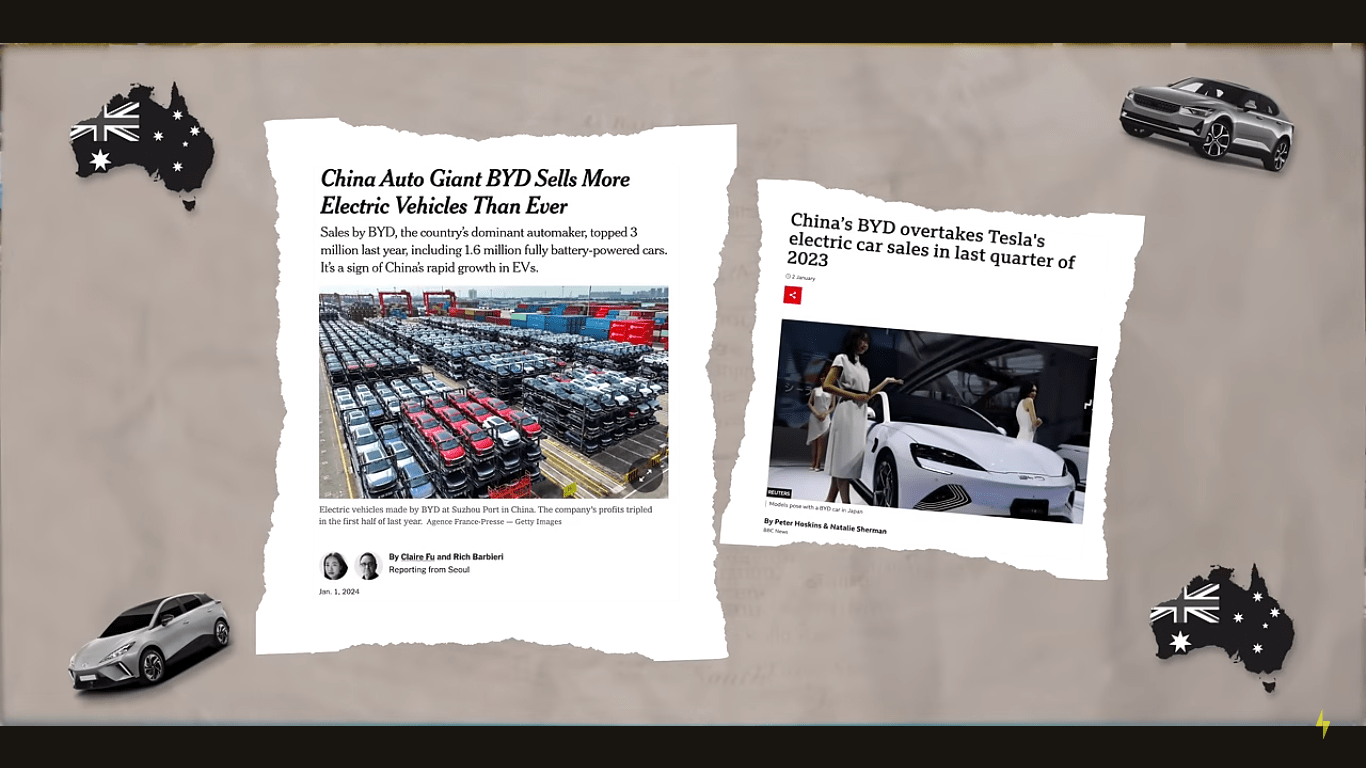
The rivalry between BYD and Tesla has intensified, with both manufacturers competing for the top spot in global EV sales. In Q4 of 2022, BYD overtook Tesla as the world’s largest EV supplier, highlighting the growing influence of Chinese manufacturers in the global EV market.
Limited Supply and Fuel Efficiency Metrics
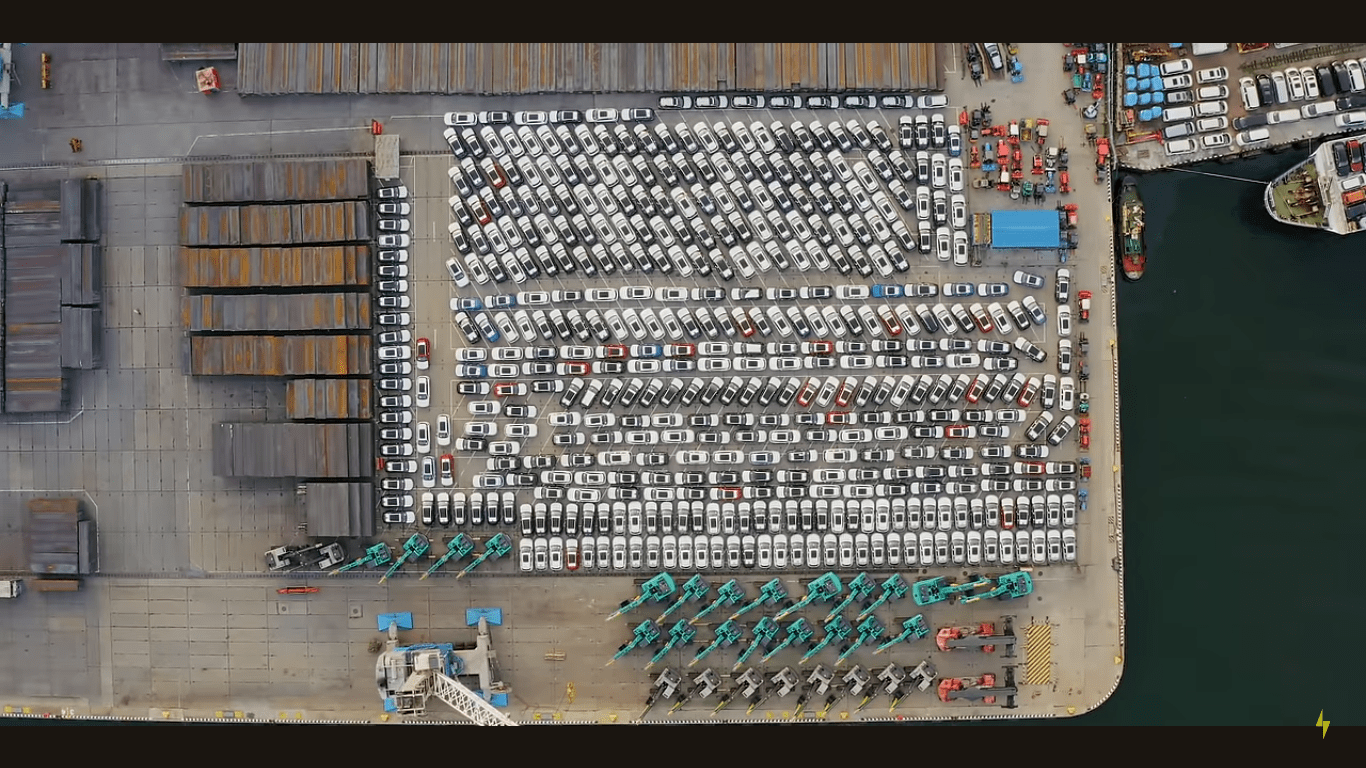
Australia’s limited supply of EVs has been a significant barrier to the country’s EV transition. Despite the lack of strong fuel efficiency standards for new vehicles, automakers prioritize other markets, leaving limited options for Australian consumers. The arrival of Chinese EVs has helped bridge this gap, providing consumers with a wider variety of affordable, high-quality EV options.
Are Chinese EVs Accelerating Australia’s EV Transition?
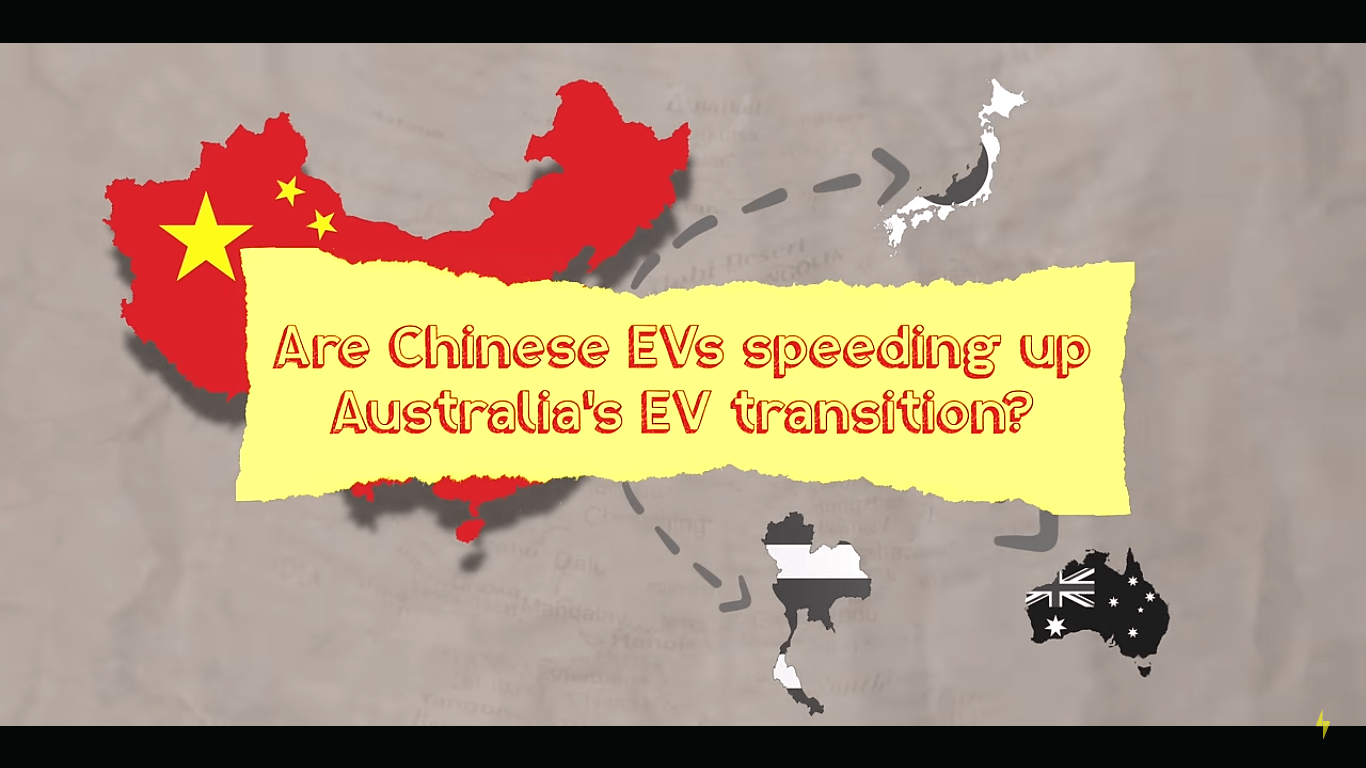
The influx of Chinese EVs in the Australian market has undoubtedly accelerated the country’s EV transition. These vehicles offer competitive pricing, advanced technology, and increased availability, setting new standards for other manufacturers and driving competition in the industry.
What’s Coming Next?
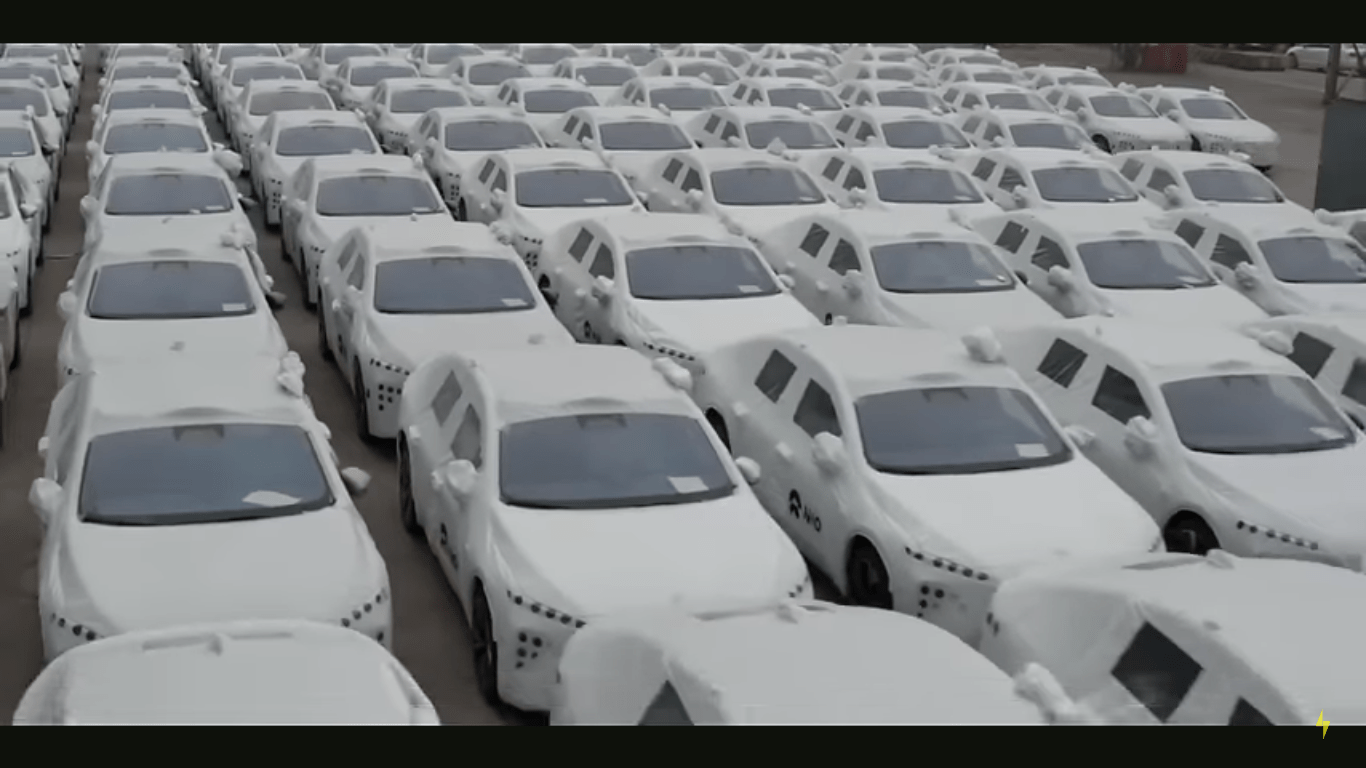
As Australia’s EV demand grows, consumers can expect a greater variety of models from both established and newcomer brands. Brands like Radar, GAC, and potentially Aion, Cherry, and Neo are expected to enter the Australian market, offering innovative technology, practicality, and affordability.
What Slows Brands’ Entry into Australia?

Several factors limit the entry of brands into the Australian market, including specific design rules, brand perception, political or geopolitical barriers, and competition from other markets. Navigating these challenges is crucial for brands looking to expand their reach and capture a share of the growing Australian EV market.
Cracked the Code
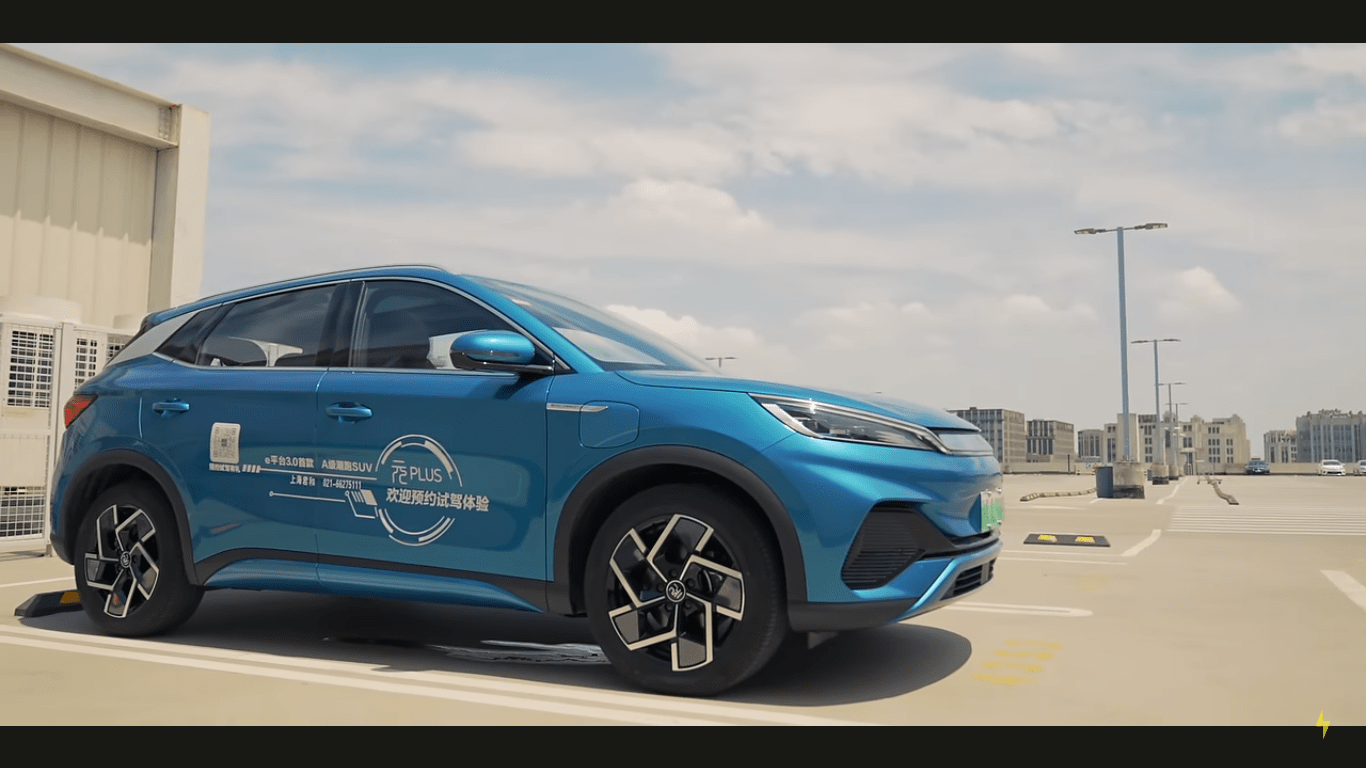
China’s success in Australia’s EV market can be attributed to a combination of factors – innovative technology, practicality, proximity, and affordability. Chinese companies are meeting Australian demands for cutting-edge technology at reasonable prices, filling the void left by legacy automakers that have focused on other markets. The success of Chinese EVs underscores the importance of adaptability and understanding the unique needs of local markets.
Manufacture EVs Down Under?
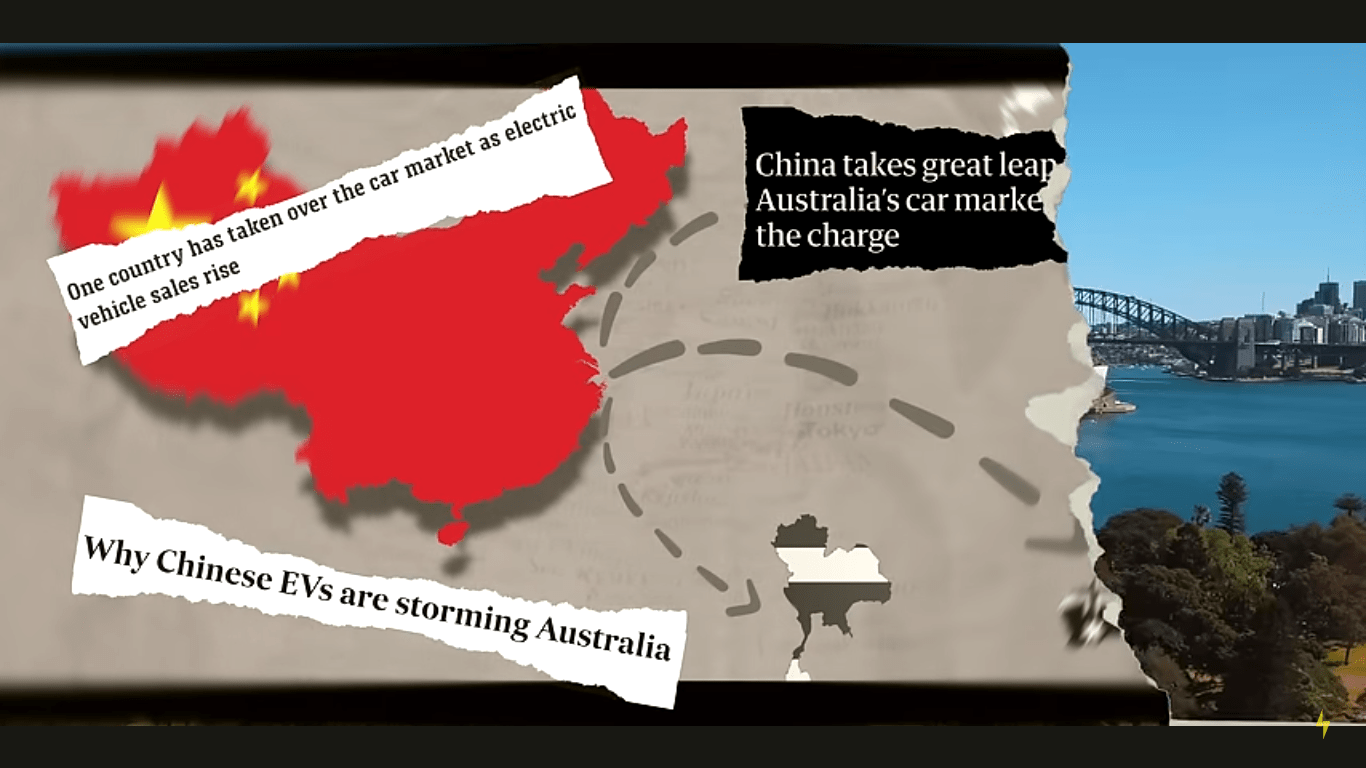
While Australia has the capability to manufacture EVs, the lack of political ambition and global competitiveness hinder progress. The focus needs to shift from merely having the capability to a genuine commitment to becoming a player in the global EV market. Australia’s rich natural resources and manufacturing history could position it as an EV powerhouse, but political will and strategic planning are crucial.
Global Supply Chain?
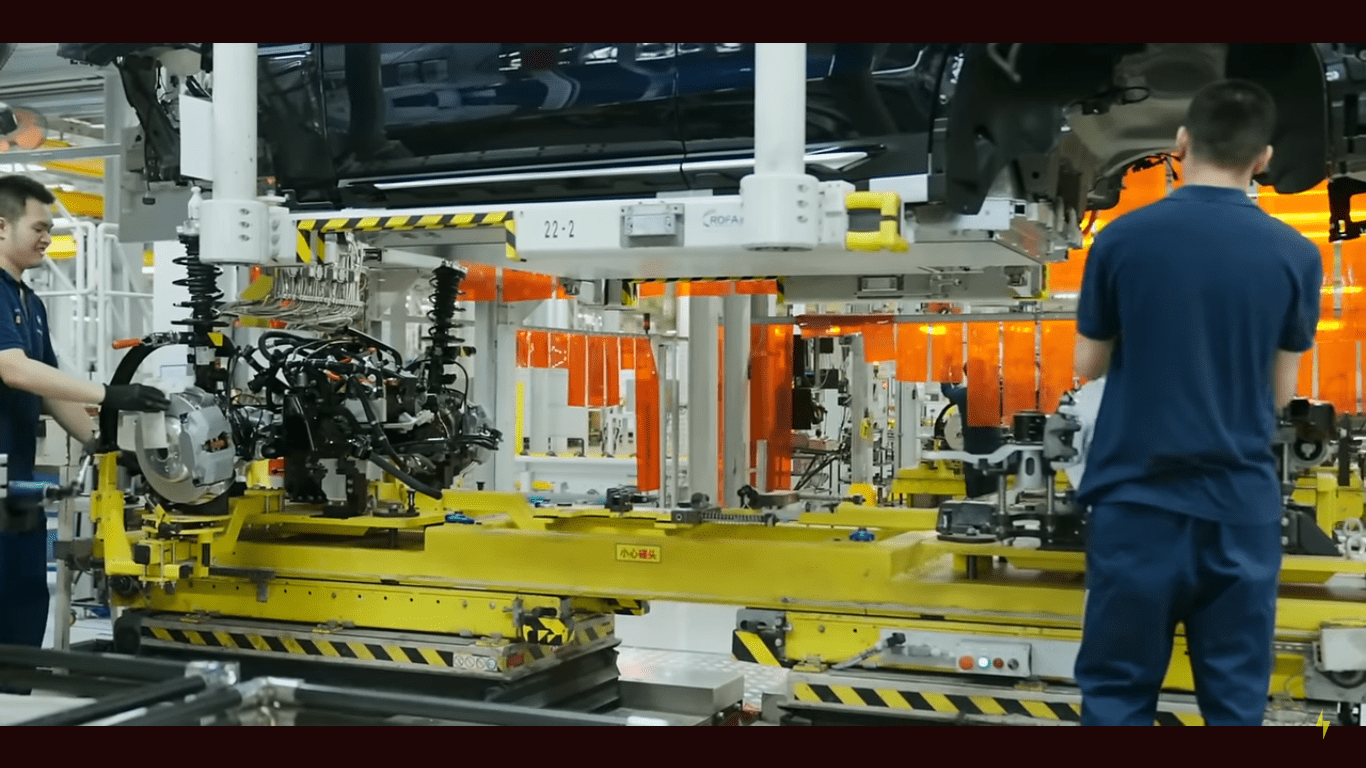
The integration of China into the global supply chain is irreversible. As Chinese-made components become ubiquitous in various products, distinguishing a product’s origin becomes more challenging. Brands like Poar, marketed as Swedish but made in China and America, exemplify this globalized approach. Accepting this reality is essential for continued advancements in technology and ensuring a seamless global supply chain.
Chinese EVs Are Here to Stay

Regardless of political or trade uncertainties, Chinese-built EVs are firmly entrenched in Australia. Their affordability, innovation, and acceptance by Australian consumers indicate a lasting presence. The market has spoken, and it favors the brands that cater to its needs and preferences, irrespective of national origins.
The influx of Chinese EVs is a positive development for Australia’s EV transition. Increased competition fosters innovation, drives down prices, and provides consumers with diverse options. As more brands, including those from China, enter the market, the collective push towards a cleaner and more sustainable transportation future gains momentum. The more players in the game, the better for Australia’s EV landscape.
Check out this video:




